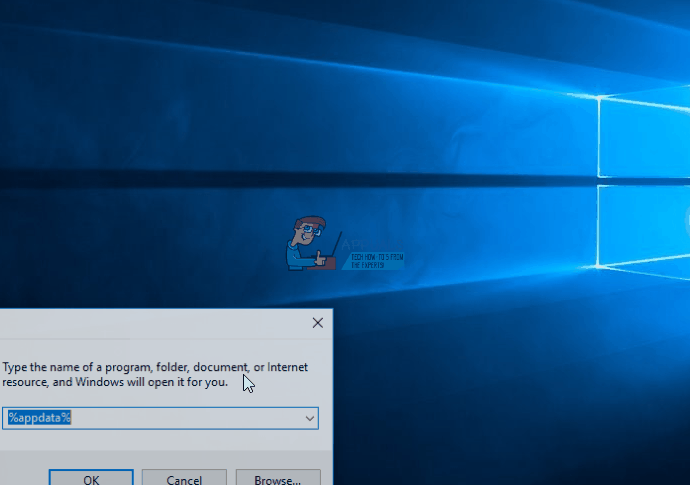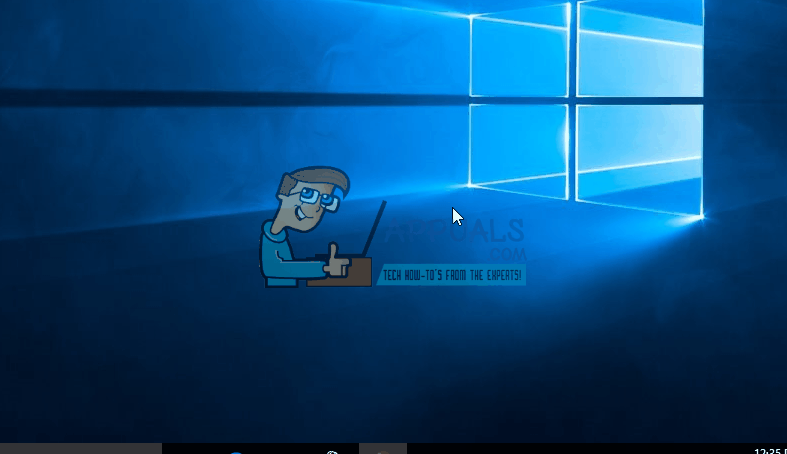Fix: Computer Shuts Down when Watching YouTube
If your PC shuts down by itself while you’re watching videos, it is very likely that you have a hardware issue. A PC shutting down can be the result of overheating or faulty hardware, but given that watching videos is highly unlikely to overheat it, you should check the hardware. It is also possible that the culprit is a driver for your graphics card, which will be very easy to solve.
This problem may appear when you’re watching a video on either a website or from your PC, and it may crash immediately or may crash after 10 or 15 minutes of watching. It’s a very annoying issue, as a big number of users nowadays use their computers for multimedia, and video is a fairly big part of that. Those users have a PC that they can’t really use for what they want until they solve this issue.
Before checking your hardware, you should always check the drivers. Hardware can be costly to replace, and drivers don’t cost a thing, and nobody would want to spend money on new hardware only to find out later that it was merely a driver issue. Because of this, read on the methods below to find the culprit of the issue and solve it without going to a PC store and spending money unnecessarily.
Method 1: Check your video card drivers
Watching videos will put a little extra stress on your video card, and if the drivers aren’t updated, that can crash your entire system. There are three options. One of them is to download the drivers for your GPU from Intel, nVidia or AMD, depending on which video card you have, the other one is to let Windows update them via device manager, or you can always run Windows Update which updates any outdated drivers automatically. If you don’t know which Graphic Card, you have then using Option 1’s Step 2 will show you which one is it.
Option 1: Update via Device Manager
- Press the Windows and R keys on your keyboard, type devmgmt.msc in the Run window and press Enter to execute.
- Inside the Device Manager, expand Display Adapters and find your video card, Intel, nVidia or AMD.
- Right-click it and select Update Driver Software.
- Follow the wizard until the drivers are updated, and reboot your device.

Option 2: Update via Windows Update
- Windows 8/8.1/10: Press Windows on your keyboard to open the Start menu, and type Check for updates. Open the result.
- Windows XP/Vista/7: Press Windows on your keyboard to open the Start menu, and open the Control Panel from there. Switch to Large Icons or Small Icons view in the top right corner, and open Windows Update.
- Click on Check for updates and let Windows work. It might take a while, depending on your PC and internet connection, but if there’s an outdated driver, you can be sure that Windows will let you know and update it.

Method 2: Check your PSU
If your PC shuts down during watching videos, that may mean that your video card asks for more power from the PSU. If the PSU is malfunctioning, or if it’s a low-quality one that doesn’t have enough power to deliver, it may shut down to prevent damage. Due to this, when you’re building or buying a PSU, it’s always recommended to get one from a reputable brand and to get a big enough power supply for your components. A rule of thumb is that your components should keep your PSU at about 60-80% of its full capacity, and there are plenty of calculators online that will tell you how much your system draws according to the components. Everyone who has worked with computers will tell you that the PSU is one component you shouldn’t go cheap on – and they’re right. See if the PSU is functioning properly and if its capacity is sufficient, and replace it with a more suitable one if necessary.
Method 3: Check CPU/GPU Temperatures
It is possible that the cooling solutions that you are using for your CPU are not enough and it is heating up beyond the safe limit. This can cause the computer to restart and in the long term, it can even damage your processor permanently. Also, if the thermal paste on your GPU is really old it can also cause this problem and cause random restarts/shutdowns. Therefore, it is recommended to monitor your CPU and GPU temperatures and make sure that they don’t exceed the specified limit by the provider. You can consult this article if you don’t know how to monitor CPU temps.
At the end of the day, if it’s a software issue, you will have the matter resolved in a matter of minutes. If it’s a hardware problem, it may take a bit longer and you’ll have to get new components. Whichever it is, use the aforementioned methods to check and you will have your PC back up and running in no time.